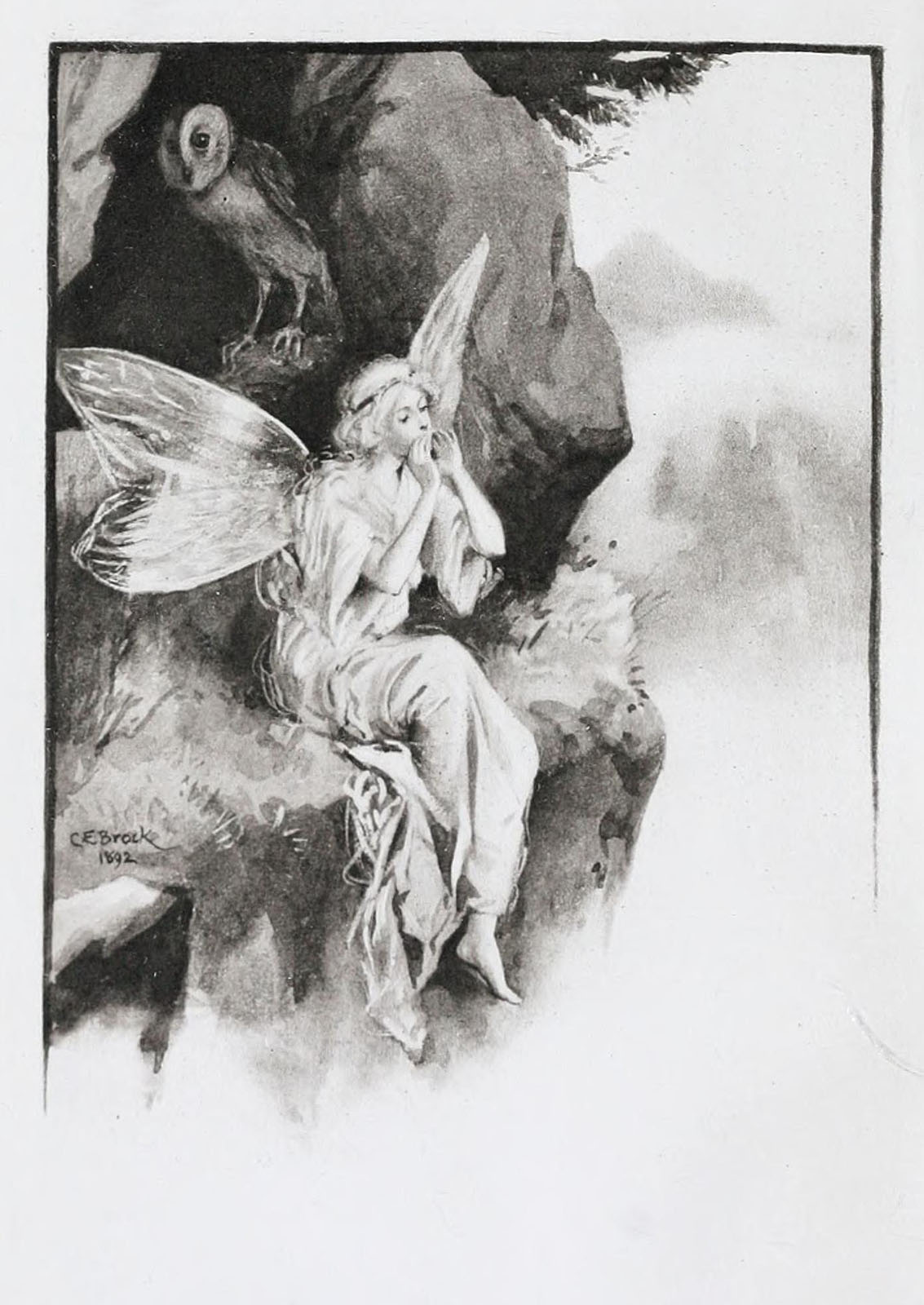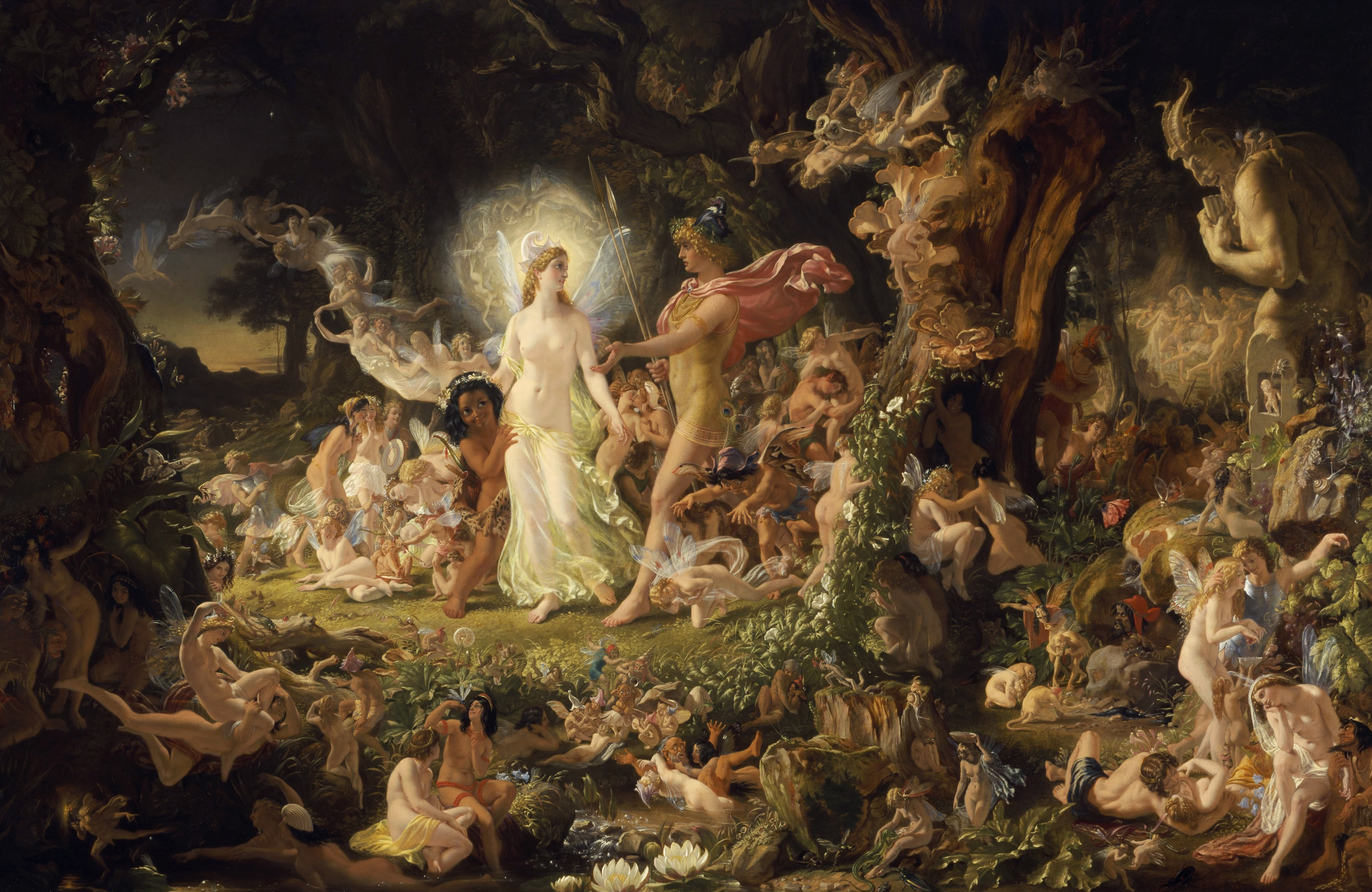|
The Snake Prince
The Snake Prince is an Indian fairy tale, a Punjabi story collected by Major Campbell in Feroshepore. Andrew Lang included it in '' The Olive Fairy Book'' (1907).Lang, Andrew; Philip, Neil. ''A World of fairy tales''. New York: Dial Books, 1994. p. 254. The tale is a local form of the cycle of the ''Animal as Bridegroom'' or ''The Search for the Lost Husband'', in that a woman marries a man of supernatural origin, loses him and must regain him. Synopsis A poor old woman, with nothing to eat, heads for the river to fish and to bathe. When she comes out of the river, she finds a venomous snake in her pot. She takes it home, so that it bites her and end her misery. But once she opens the pot, she finds a rich necklace, which she sells to the king, who puts it in a chest. Soon after, when he opens it to show the queen, he instead finds a baby boy, whom the king and his wife raise as their son, and the old woman becomes his nurse. She speaks of how that boy came about. The king ag ... [...More Info...] [...Related Items...] OR: [Wikipedia] [Google] [Baidu] |
Fairy Tale
A fairy tale (alternative names include fairytale, fairy story, household tale, magic tale, or wonder tale) is a short story that belongs to the folklore genre. Such stories typically feature magic, enchantments, and mythical or fanciful beings. In most cultures, there is no clear line separating myth from folk or fairy tale; all these together form the literature of preliterate societies. Fairy tales may be distinguished from other folk narratives such as legends (which generally involve belief in the veracity of the events described) and explicit moral tales, including beast fables. Prevalent elements include dragons, dwarfs, elves, fairies, giants, gnomes, goblins, griffins, merfolk, monsters, monarchy, pixies, talking animals, trolls, unicorns, witches, wizards, magic, and enchantments. In less technical contexts, the term is also used to describe something blessed with unusual happiness, as in "fairy-tale ending" (a happy ending) or "fairy-tale romance". ... [...More Info...] [...Related Items...] OR: [Wikipedia] [Google] [Baidu] |
Champavati
Champavati ( Assamese: চম্পাৱতী; ''Champawati'', ''Campāvatī'' or ''Champabati'') is an Assamese folk tale. It was first collected in the compilation of Assamese folklore titled '' Burhi Aair Sadhu'', by poet Lakshminath Bezbaroa. According to scholar Praphulladatta Goswami, the tale is "current in North Lakhimpur". The tale is related to the international cycle of the ''Animal as Bridegroom'', wherein a heroine marries a husband in animal form who reveals he is man underneath. In this case, the heroine marries a husband in animal shape that becomes human, while another girl marries a real animal and dies. Variants of the narrative are located in India and Southeast Asia, with few registered in the Brazilian and Arab/Middle Eastern folktale catalogues. Summary According to Praphulladatta Goswami, there are at least three published versions of ''Champavati''. Bezbaroa's variant A man has two wives, one older (the man's favourite - ''Laagee'') and one young ('' ... [...More Info...] [...Related Items...] OR: [Wikipedia] [Google] [Baidu] |
Male Characters In Fairy Tales
Male (symbol: ♂) is the sex of an organism that produces the gamete (sex cell) known as sperm, which fuses with the larger female gamete, or ovum, in the process of fertilisation. A male organism cannot reproduce sexually without access to at least one ovum from a female, but some organisms can reproduce both sexually and asexually. Most male mammals, including male humans, have a Y chromosome, which codes for the production of larger amounts of testosterone to develop male reproductive organs. In humans, the word ''male'' can also be used to refer to gender, in the social sense of gender role or gender identity. Overview The existence of separate sexes has evolved independently at different times and in different lineages, an example of convergent evolution. The repeated pattern is sexual reproduction in isogamous species with two or more mating types with gametes of identical form and behavior (but different at the molecular level) to anisogamous species with gametes o ... [...More Info...] [...Related Items...] OR: [Wikipedia] [Google] [Baidu] |
Animal Tales
An animal tale or beast fable generally consists of a short story or poem in which animals talk. They may exhibit other anthropomorphic qualities as well, such as living in a human-like society. It is a traditional form of allegorical writing. Animal tales can be understood in universal terms of how animal species relate to each other (for example, predators wishing to eat prey), rather than human groups in a specific society. Thus, readers are able to understand characters' motives, even if they do not come from the same cultural background as the author. Animal tales can be appreciated in times and locations far removed from their origins. History Important traditions in beast fables are represented by the ''Panchatantra'' and '' Kalila and Dimna'' (Sanskrit and Arabic originals), Aesop (Greek original), ''One Thousand and One Nights'' (''Arabian Nights'') and separate trickster traditions (West African and Native American). The medieval French cycle of allegories, '' Roman d ... [...More Info...] [...Related Items...] OR: [Wikipedia] [Google] [Baidu] |
Fairy Tales About Shapeshifting
A fairy (also called fay, fae, fae folk, fey, fair folk, or faerie) is a type of mythical being or legendary creature, generally described as anthropomorphic, found in the folklore of multiple European cultures (including Celtic, Slavic, Germanic, and French folklore), a form of spirit, often with metaphysical, supernatural, or preternatural qualities. Myths and stories about fairies do not have a single origin but are rather a collection of folk beliefs from disparate sources. Various folk theories about the origins of fairies include casting them as either demoted angels or demons in a Christian tradition, as deities in Pagan belief systems, as spirits of the dead, as prehistoric precursors to humans, or as spirits of nature. The label of ''fairy'' has at times applied only to specific magical creatures with human appearance, magical powers, and a penchant for trickery. At other times, it has been used to describe any magical creature, such as goblins and gnomes. ''Fairy ... [...More Info...] [...Related Items...] OR: [Wikipedia] [Google] [Baidu] |
Anthropomorphic Snakes
Anthropomorphism is the attribution of human traits, emotions, or intentions to non-human entities. It is considered to be an innate tendency of human psychology. Personification is the related attribution of human form and characteristics to abstract concepts such as nations, emotions, and natural forces, such as seasons and weather. Both have ancient roots as storytelling and artistic devices, and most cultures have traditional fables with anthropomorphized animals as characters. People have also routinely attributed human emotions and behavioral traits to wild as well as domesticated animals. Etymology Anthropomorphism and anthropomorphization derive from the verb form ''anthropomorphize'', itself derived from the Greek ''ánthrōpos'' (, "human") and ''morphē'' (, "form"). It is first attested in 1753, originally in reference to the heresy of applying a human form to the Christian God.''Oxford English Dictionary'', 1st ed. "anthropomorphism, ''n.''" Oxford University Pre ... [...More Info...] [...Related Items...] OR: [Wikipedia] [Google] [Baidu] |
Fictional Snakes
Fiction is any creative work, chiefly any narrative work, portraying individuals, events, or places that are imaginary or in ways that are imaginary. Fictional portrayals are thus inconsistent with fact, history, or plausibility. In a traditional narrow sense, fiction refers to written narratives in prose often specifically novels, novellas, and short stories. More broadly, however, fiction encompasses imaginary narratives expressed in any medium, including not just writings but also live theatrical performances, films, television programs, radio dramas, comics, role-playing games, and video games. Definition and theory Typically, the fictionality of a work is publicly expressed, so the audience expects a work of fiction to deviate to a greater or lesser degree from the real world, rather than presenting for instance only factually accurate portrayals or characters who are actual people. Because fiction is generally understood as not adhering to the real world, the th ... [...More Info...] [...Related Items...] OR: [Wikipedia] [Google] [Baidu] |
Fairy Tales About Princesses
A fairy (also called fay, fae, fae folk, fey, fair folk, or faerie) is a type of mythical being or legendary creature, generally described as anthropomorphic, found in the folklore of multiple European cultures (including Celtic, Slavic, Germanic, and French folklore), a form of spirit, often with metaphysical, supernatural, or preternatural qualities. Myths and stories about fairies do not have a single origin but are rather a collection of folk beliefs from disparate sources. Various folk theories about the origins of fairies include casting them as either demoted angels or demons in a Christian tradition, as deities in Pagan belief systems, as spirits of the dead, as prehistoric precursors to humans, or as spirits of nature. The label of ''fairy'' has at times applied only to specific magical creatures with human appearance, magical powers, and a penchant for trickery. At other times, it has been used to describe any magical creature, such as goblins and gnomes. ''Fairy' ... [...More Info...] [...Related Items...] OR: [Wikipedia] [Google] [Baidu] |
Fairy Tales About Princes
A fairy (also called fay, fae, fae folk, fey, fair folk, or faerie) is a type of mythical being or legendary creature, generally described as anthropomorphism, anthropomorphic, found in the folklore of multiple European cultures (including Celtic mythology, Celtic, Slavic paganism, Slavic, Germanic folklore, Germanic, and French folklore, French folklore), a form of Supernatural#Spirit, spirit, often with metaphysical, supernatural, or preternatural qualities. Myths and stories about fairies do not have a single origin but are rather a collection of folk beliefs from disparate sources. Various folk theories about the origins of fairies include casting them as either demoted angels or demons in a Christian mythology, Christian tradition, as deities in Paganism, Pagan belief systems, as Spirit (supernatural entity), spirits of the dead, as Prehistory, prehistoric precursors to humans, or as spirits of nature. The label of ''fairy'' has at times applied only to specific Magic (su ... [...More Info...] [...Related Items...] OR: [Wikipedia] [Google] [Baidu] |
Fictional Princes ...
This is a list of fictional princes that have appeared in various works of fiction. It is organized by medium and limited to well-referenced, notable examples of the fictional princes. Literature ''This section contains examples of both classic and more modern writing.'' Comics Theatre Film Live action Animation Disney Other Television Live action Animation Radio Video games See also * List of fictional princesses * List of fictional monarchs (fictional countries) * List of fictional nobility References External links {{DEFAULTSORT:Fictional princes Fictional princes princes princes A prince is a Monarch, male ruler (ranked below a king, grand prince, and grand duke) or a male member of a monarch's or former monarch's family. ''Prince'' is also a title of nobility (often highest), often hereditary title, hereditary, in some ... [...More Info...] [...Related Items...] OR: [Wikipedia] [Google] [Baidu] |
Indian Fairy Tales
The folklore of India encompasses the folklore of the Republic of India and the Indian subcontinent. India is an ethnically and religiously diverse country. Given this diversity, it is difficult to generalize the vast folklore of India as a unit. Although India is a Hindu-majority country, with more than three-fourths of the population identifying themselves as Hindus, there is no single, unified, and all-pervading concept of identity present in it. Various heterogeneous traditions, numerous regional cultures and different religions to grow and flourish here. Folk religion in Hinduism may explain the rationale behind local religious practices, and contain local myths that explain the customs or rituals. However, folklore goes beyond religious or supernatural beliefs and practices, and encompasses the entire body of social tradition whose chief vehicle of transmission is oral or outside institutional channels. Folk art of India The folk and tribal arts of India speak volumes a ... [...More Info...] [...Related Items...] OR: [Wikipedia] [Google] [Baidu] |







